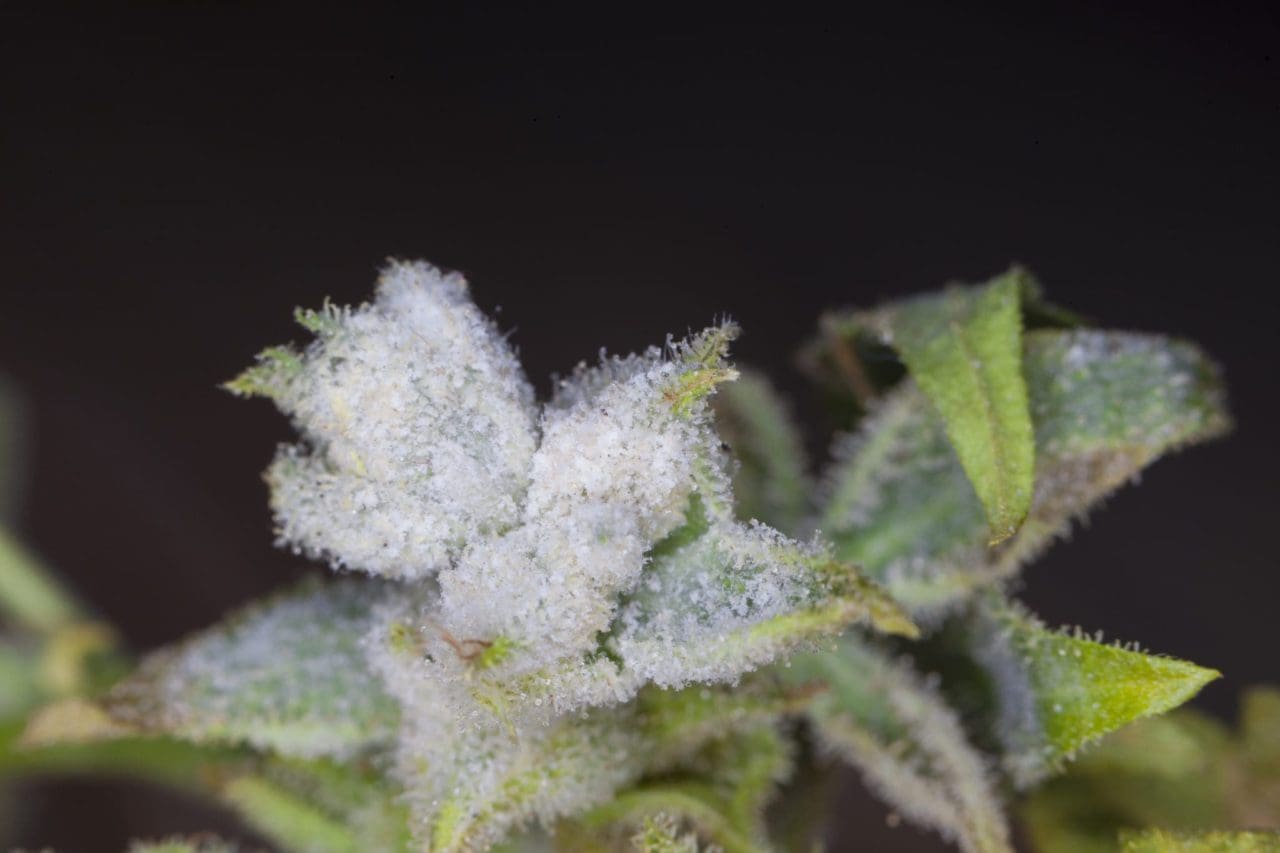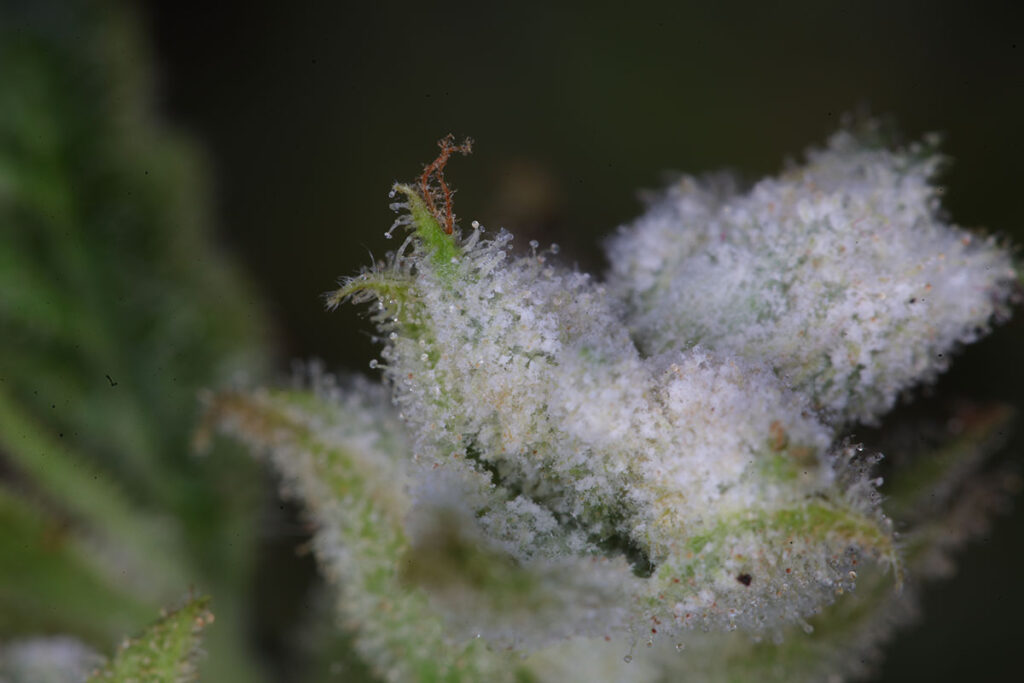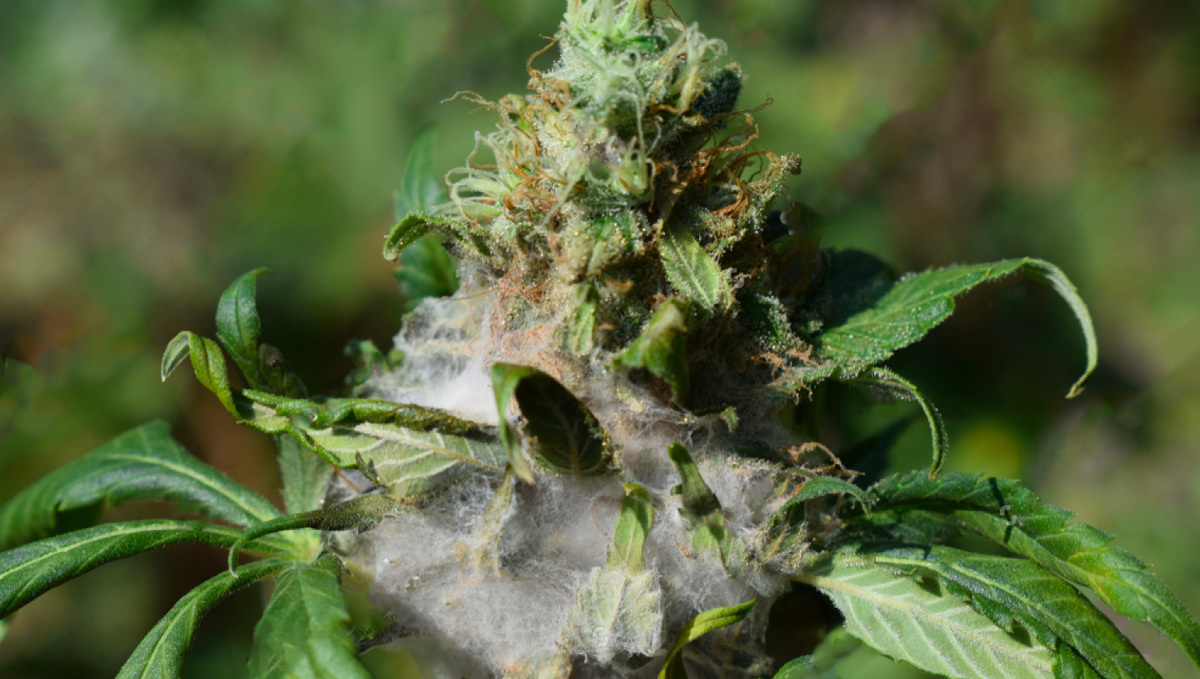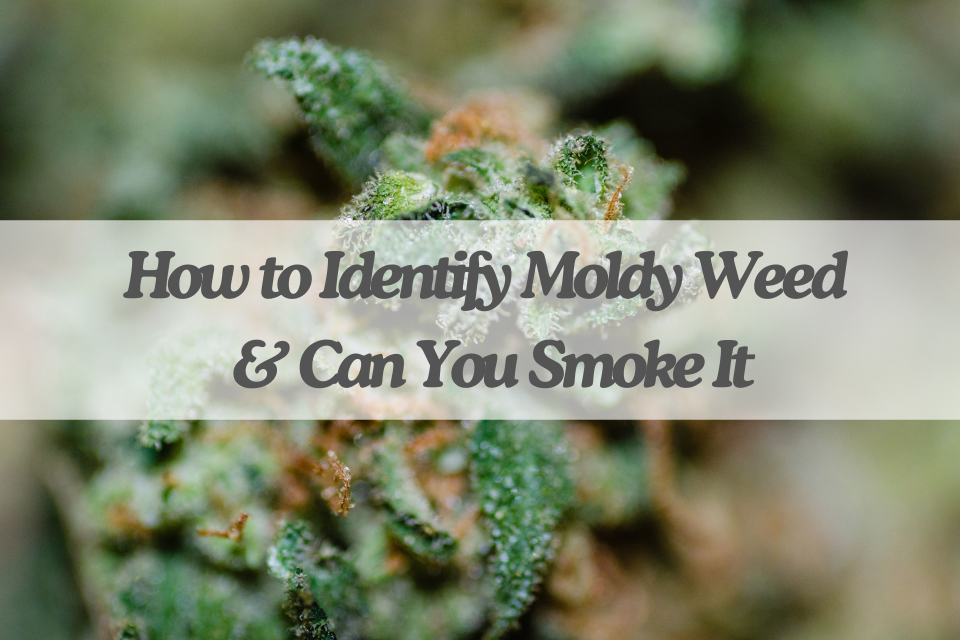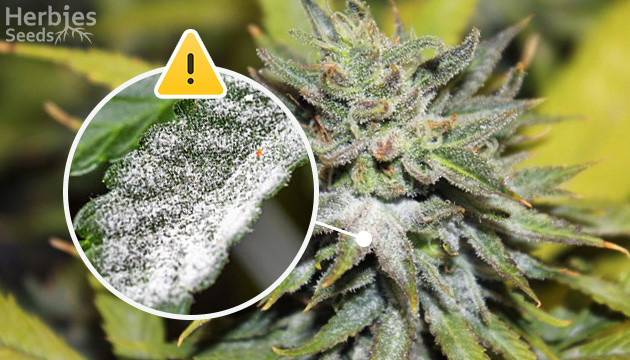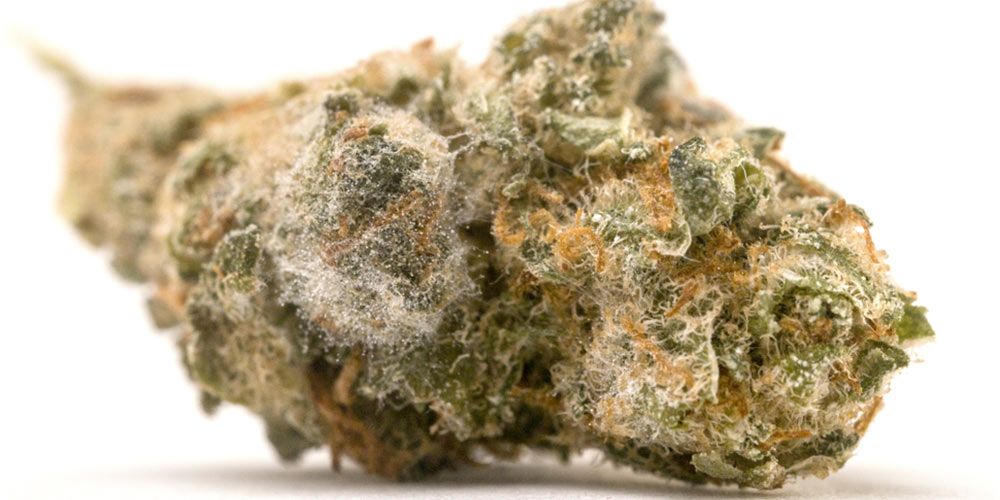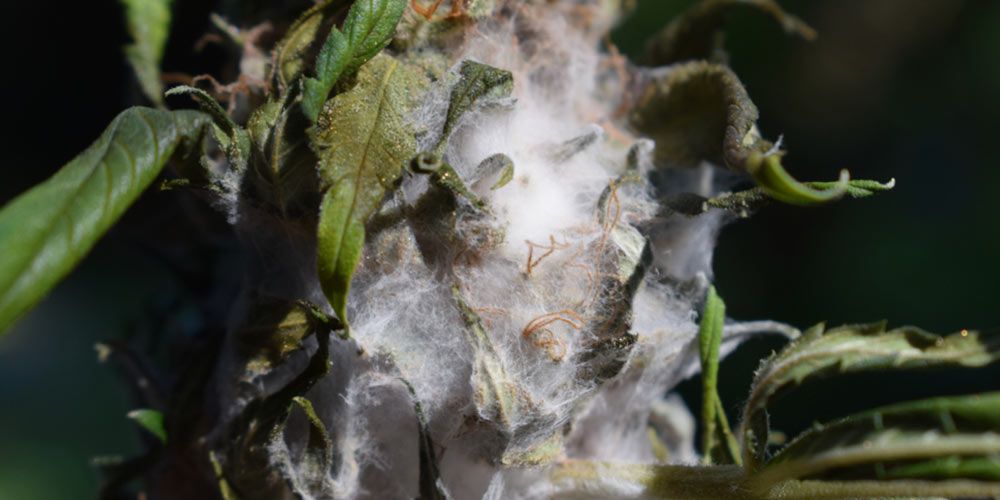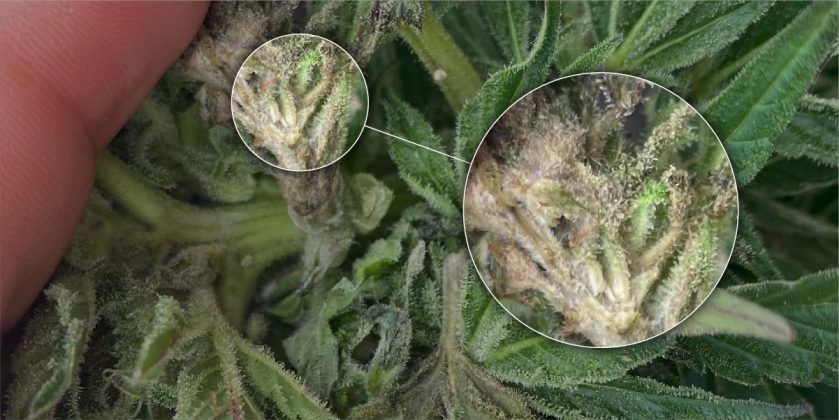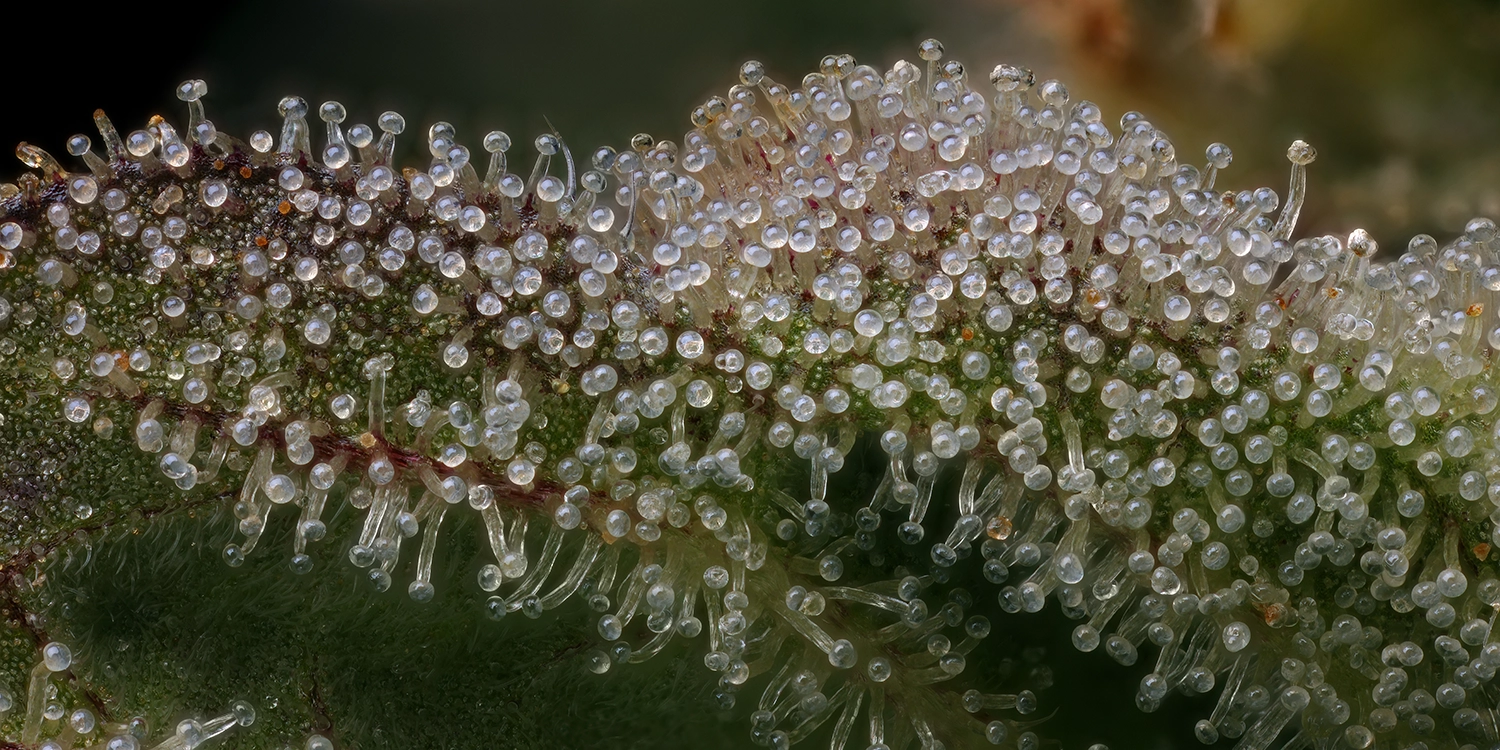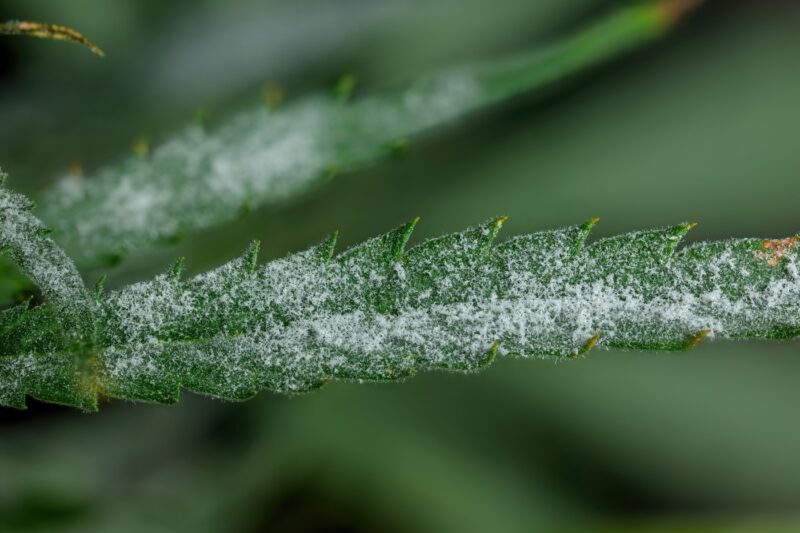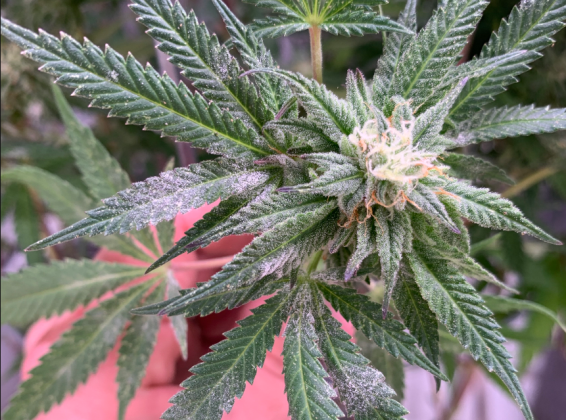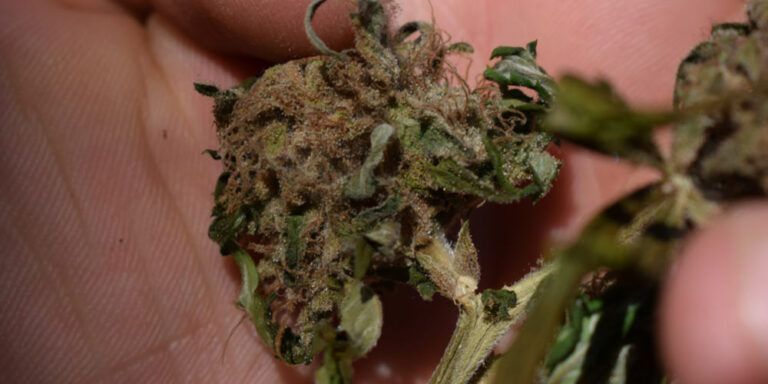What Does Mold On Weed Look Like
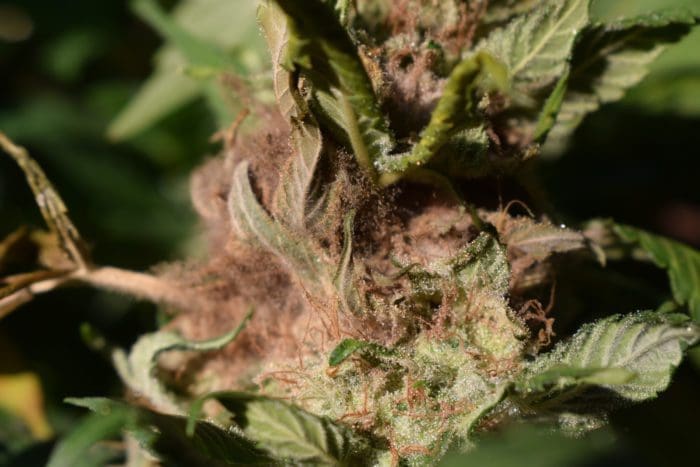
Urgent warnings are circulating regarding mold contamination in cannabis, posing significant health risks to consumers. Identifying mold early is crucial to prevent accidental consumption and safeguard public health.
This article provides a clear guide on how to identify mold on cannabis, detailing the different types, potential health risks, and steps to take if you suspect contamination.
Identifying Mold on Cannabis: What to Look For
Mold on cannabis is not always obvious. It requires careful inspection.
Visual Indicators
Look for unusual white, gray, or yellowish coatings on the buds. These might appear powdery, fuzzy, or like spiderwebs.
Unlike the sparkling trichomes that give cannabis its frosty appearance, mold patches will often have a dull or slimy texture. Discoloration is also a key indicator.
Pay attention to the stems and inner parts of the buds, as mold can sometimes hide in these areas.
Common Types of Mold
Several types of mold can affect cannabis, each with distinct characteristics.
Powdery mildew appears as a white, powdery substance on the surface of the leaves and buds. Botrytis cinerea, also known as bud rot, causes the buds to turn brown or gray and become mushy.
Aspergillus, a particularly dangerous mold, can be harder to detect visually, but may cause discoloration and a musty odor.
The Smell Test
A musty, mildewy, or ammonia-like odor is a strong indicator of mold presence.
Healthy cannabis should have a distinct, often pungent, aroma specific to its strain, not a foul or stale smell. If it smells like hay, that's another warning.
Trust your instincts; if something smells off, it's best to err on the side of caution.
Health Risks Associated with Moldy Cannabis
Consuming moldy cannabis can lead to a range of health problems. The severity depends on the type of mold and the individual's health condition.
Inhaling or ingesting Aspergillus can cause aspergillosis, a serious lung infection. This is especially dangerous for individuals with weakened immune systems.
Other molds can cause allergic reactions, respiratory problems, nausea, vomiting, and other unpleasant symptoms. It's best to avoid any exposure.
What to Do if You Suspect Mold
If you suspect your cannabis is moldy, do not smoke or ingest it.
Dispose of the contaminated cannabis immediately in a sealed bag to prevent further spread of mold spores. Sanitize the area where it was stored.
If you have consumed suspect cannabis and experience any adverse symptoms, seek medical attention promptly. Inform your doctor about the potential exposure to mold.
Prevention is Key
Proper storage is essential for preventing mold growth. Store cannabis in a cool, dry, and dark place.
Use airtight containers to minimize moisture exposure. Humidity packs can help regulate moisture levels.
Regularly inspect your cannabis for any signs of mold, especially if you live in a humid environment.
Industry Regulations and Testing
In legal cannabis markets, regulations often require testing for mold and other contaminants. However, standards can vary by state or region.
Consumers should research the testing protocols in their area and only purchase cannabis from reputable sources that prioritize safety and quality.
Demand transparency from cannabis providers regarding their testing procedures.
Ongoing Developments
Research into rapid and reliable mold detection methods is ongoing. New technologies are emerging to improve the accuracy and efficiency of testing.
Public health organizations are working to raise awareness about the risks of moldy cannabis and provide guidance on safe consumption practices. Be aware and up to date on information!
Stay informed about the latest developments in cannabis safety and regulations to protect your health.


